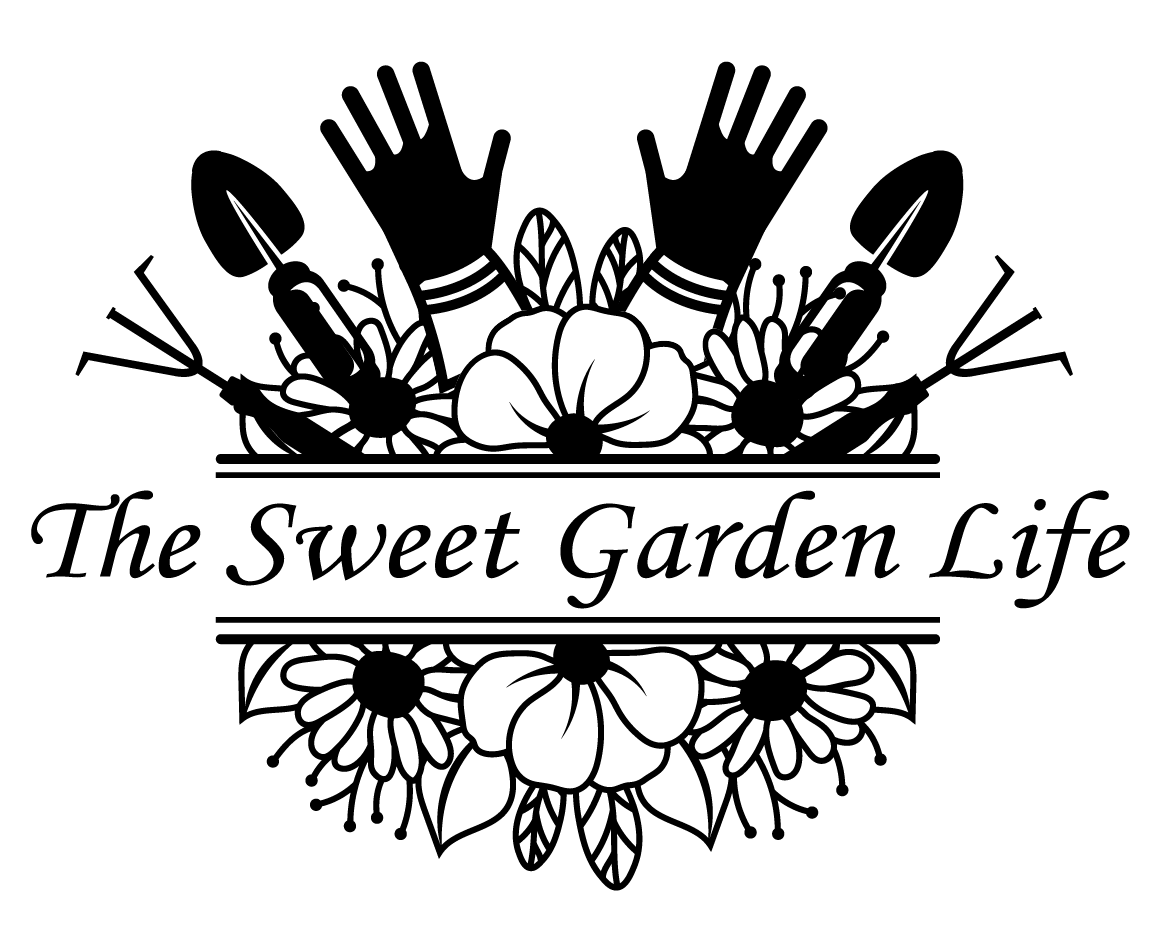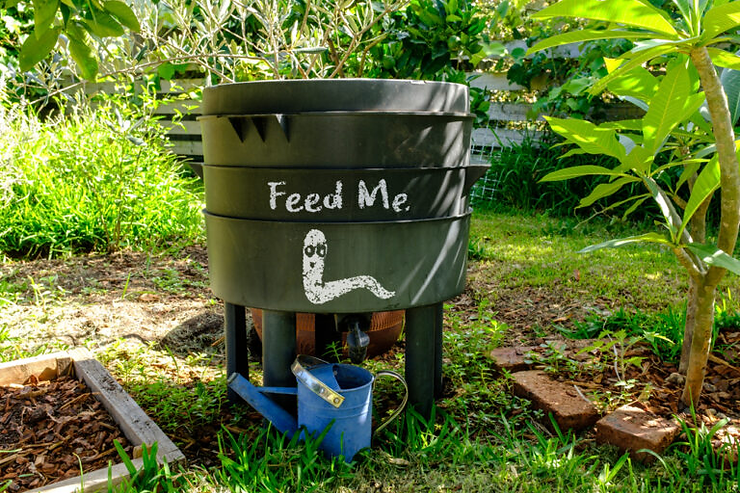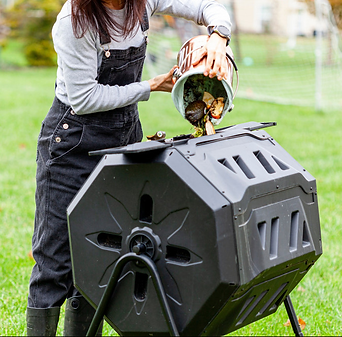
Everywhere you turn there are doom and gloom news flashes about the impending breakdown of our environment. As I see it, you have two choices. You can either throw your hands up and say, “how can little me possibly save the planet?”, or you can take the bull by the horns and do what you physically can to help purify this place we all call home.
This article focuses on one tiny thing we can all do to make the air cleaner and help save our earth… compost! Many people live in urban settings and think they do not have the space to compost and/or it is too difficult. After researching different methods of composting, I have come up with a simple and effective way to create your own compost. Below is what I think is the easiest way to compost. Also, read why we should be composting, and review a few compost bins that will help save the planet.
(Some of the links within this post are affiliate links on which I receive a small compensation from the sale of certain items with no extra cost to you.)
(As an Amazon Associate I earn from qualifying purchases.)
Benefits of Composting
Before you purchase a compost bin or build one of your own, here are some benefits of composting.
Healthy soil is the building block for successful gardening. Through new technologies we now have a variety of ways to compost our kitchen and garden waste. Individual households can easily turn organic waste into good earth.
According to Growingensemble.com, there are a multitude of benefits to composting, short of the obvious. Here are just a few of those benefits.
1. Compost builds stronger food systems through community composting.
2. Composting reduces landfills. Almost 50% of all landfill waste is compostable! We can save the space it takes to build landfills by composting our organic waste.
3. It helps lower production costs for farmers.
4. Composting saves on the cost of disposal.
5. It creates cleaner oceans.
6. Composting revitalizes and filters local water sources.
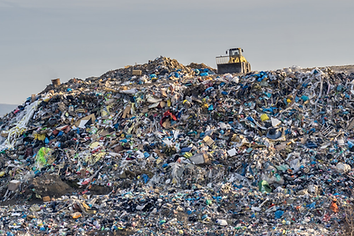
7. It takes carbon from the air and puts it back into the ground.
8. Composting “reduces GHG, Greenhouse Gas emissions. Without proper disposal, organic waste creates methane and carbon dioxide which are released into the atmosphere”. In my opinion this is one of the most important reasons to compost. The third leading human-related cause of methane emissions is organic waste in landfills. Diverting the waste back into the ground will decrease the amount of methane released in your community.
For more information on the benefits of composting and a quick explanation of how the process of composting helps the environment, check out Grownensemble.com.
Urban Living – Small Yards
Many of us live in urban settings where yards are small. If you live in a townhouse with a postage stamp for a yard, an apartment complex with only a balcony, or a single family home you probably do not have much space to spare. However, there are now very small compost bins that you can place in a corner of a balcony or yard in which you can create beautiful loam. They even sell compost bins for indoors! For more on small inside compost bins, click here for products from Etsy.
Soil in Our Yards
Most gardeners do not have good soil in their yards. Soil can be hard, rocky, sandy, compacted, and even wet. In order to improve the soil, gardeners purchase organic matter from big box stores or nurseries and mix it into their existing soil. However, not all of us have disposable cash to purchase organic material. I recommend you create your own. Contrary to popular belief, composting does not have to be difficult.
What is Compost Soil?
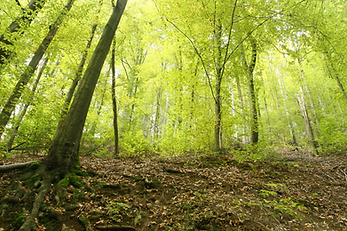
Good compost develops naturally in forests. Fallen leaves, twigs, branches, dead carcasses, and insects lay on the surface of the forest and begin to decay. After awhile, through chemical and physical changes, the material breaks down into smaller pieces. This is the top layer of the forest floor. When walking in the forest, notice how soft, smooshy, and moist the ground is under your feet. This is the beginning of healthy compost.
Compost soil is organic matter transformed into decaying nutrient-rich soil that occurs naturally through the interaction of oxygen, organic matter, water and bacteria.
There are two forms of organic matter, green and brown. The “green” matter is nitrogen rich material such as food scraps and grass clippings. Whereas the “brown” matter is composed of carbon and is dry, tough, or fibrous, such as cardboard, straw, shredded paper and dead leaves.
To simulate this natural process, mix these two materials together, add some oxygen and water. Voila! – you have created nutrient rich material that will be “recycled” back into the soil to grow amazing flowers and vegetables. The final product of composting is called humus.
Easiest Way to Compost
There are 3 major methods of composting.
-
Continuous rather than batch composting
-
Batch composting
-
Vermiculture which uses worms to create compost
Batch Composting
In order to make one batch of compost while another is still brewing, use the 2 to 1 ratio. Use two times as much “brown” material as “green material. This combination will provide enough nitrogen and carbon rich materials. Even if you are off a little with the ratios, all organic matter will eventually break down.
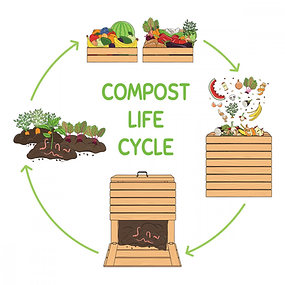
Layering:
Add a layer of brown, then add two layers of green material. Sprinkle with some water to moisten it a bit. Stir the concoction or turn the tumbler bin every two to three days.
If you have too much “brown” material (carbon rich) and not enough “green” material (nitrogen rich), the composting process could take a couple of years. Conversely, if you have too much “green” material and not enough “brown” material it will also decompose more slowly and will probably be soggy and smelly. So try to be conscious of the ratio of materials you are throwing into your compost bin.
Your bin will do the rest.
The video below describes the three methods of composting. First, using worms and placing the bin inside of your house, second, an easy spin composter to be kept outside on a patio or balcony, and third a larger container for composting where you have plenty of room in your yard.
The narrator in the YouTube video uses an even ratio of materials. However, I’ve read where it’s best to use the two to one ratio.
Warning:
Do Not Throw Any Meat Scraps or Any of the Following in a Compost Pile:
-
Meat and Fish Scraps
-
Dairy, Fats, and Oils
-
Plants or Wood Treated with Pesticides or Preservatives
-
Painted wood
-
Black Walnut Tree Debris
-
Diseased or Insect-Infested Plants
-
Weeds that Have Gone to Seed
-
Charcoal Ash
-
Dog or Cat Waste
Common Compost Material
“Brown” Materials High in Carbon
-
corncobs and stalks
-
paper
-
pine needles
-
sawdust or wood shavings
-
straw
-
vegetable stalks
-
dry leaves
“Green” Materials High in Nitrogen
-
coffee grounds
-
eggshells
-
fruit wastes
-
grass clippings
-
feathers or hair
-
fresh leaves
-
seaweed
-
kitchen scraps
-
fresh weeds
Small Outdoor and Indoor Compost Bins
GEOBIN Compost Bin (Purchase from Amazon)
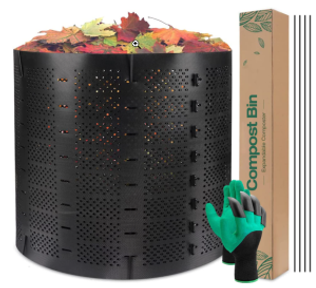
Material Plastic
Color Black
Brand GEOBIN
Capacity 216 Gallons
Item Dimensions LxWxH36.5 x 5 x 5 inches
Shape Cylindrical Item
Weight 7 Pounds
-
Large capacity—expandable to 4 feet (246 gallon)
-
Design retains heat and moisture
-
Maximum ventilation
-
Accelerated decomposition
-
Recycle valuable organic resources
-
Lowest cost composting system on the market
-
Made in the USA
Third Rock Kitchen Compost Bin Countertop (Purchase From Amazon)
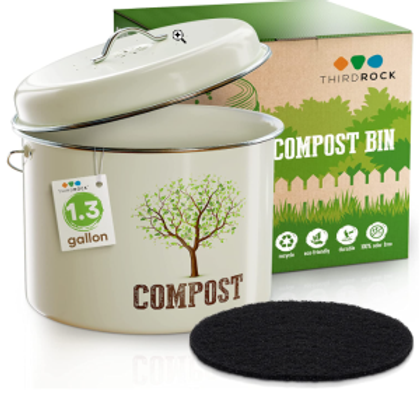
This is a holding bin for your kitchen scraps before you transfer them to your true compost bin.
Size:1.3 GALLON
Material Powder Coated Carbon Steel
Color Beige
Brand Third Rock
Capacity 1.3 Gallons
Item Dimensions LxWxH9 x 9 x 9 inches
Shape Round Item
Weight 2.04 Pounds
-
WASTE NO MORE and go eco-friendly with an indoor composter.
-
KEEPS ODORS IN with odor control.
-
WILL NEVER RUST, scratch or chip.
-
THE PERFECT SIZE 1.3 gallon compost bins – enough to hold days of organic food waste.
-
EASY CLEANING Hand wash with soap and warm water.
FCMP iM4000 Dual Chamber Tumbling Composter (Purchase From Amazon)
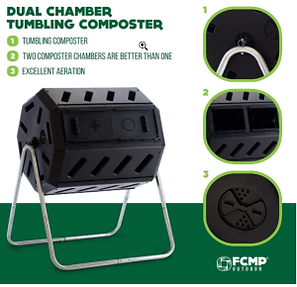
Material Plastic
Color Black
Brand FCMP
Outdoor Capacity 37 Gallons
Item Dimensions LxWxH28 x 30 x 36 inches
Shape Octagonal Item
Weight 28 Pounds
-
Tumbling composter – close the door and turn it 5-6 times every 2-3 days. In hot sunny conditions and with a proper balance of ingredients the compost can finish in as little as 2 weeks.
-
Easy to use
-
Two composter chambers are better than one – two separate sides allow the first side to finish while leaving the second side Available to add fresh Scraps/clippings.
-
Durable construction – BPA free, UV inhibited, 100% post-consumer recycled polypropylene is contact safe and will not degrade under direct sunlight.
Miracle Gro Small Compost Tumbler (Purchase From Amazon)
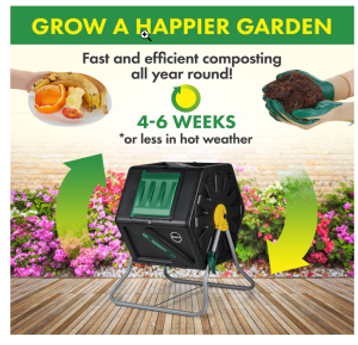
Material Plastic
Color Black
Brand Miracle-Gro
Capacity 55 Liters
Shape Hexagonal
18.5 GALLON VOLUME SMALL SPACE USE – perfectly fits a balcony, porch, patio, or rooftop garden
-
TURN YOUR FOOD WASTE INTO GARDEN GOLD – Unique aeration system turns kitchen and garden waste into rich compost in 4-6 weeks
-
REDUCE YOUR CARBON FOOTPRINT
-
YEAR-ROUND, HASSLE-FREE – Tight seal and locking mechanism ensures easy loading and unloading
Worm Factory 360 Worm Composting Bin (Purchase From Amazon)
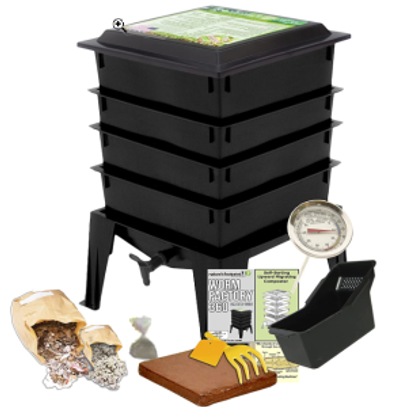
Material Plastic
Color Black
Brand Worm Factory
Item Dimensions LxWxH17.95 x 17.95 x 14.95 inches
Shape Round Item
Weight 11 Pounds
-
US made with durable high quality plastic. Houses thousands of worms that can consume several pounds of waste each week. Compact and expandable.
-
Standard 4-Tray size which is expandable up to 6 trays when following the directions
-
Each tray has a grid bottom for worms to migrate upward as new food is added.
-
The worms will process food waste into fine compost full of nutrients.
-
5 year limited warranty. Odor free operation. Create compost year-round indoors.
Easiest Way to Compost AND Save the Planet
We have one earth, so let’s help it recover from all the abuse it has received from us humans. Decide today that you are going to do your bit to help clean up planet Earth.
After reading this post, I hope you agree that composting your kitchen waste and refuse from your garden and house plants is easy and not time consuming. So what are you waiting for?
I hope you enjoyed this post. Please leave a comment below and/or share it with others you feel would benefit by reading it.
Happy Gardening!
Nina
